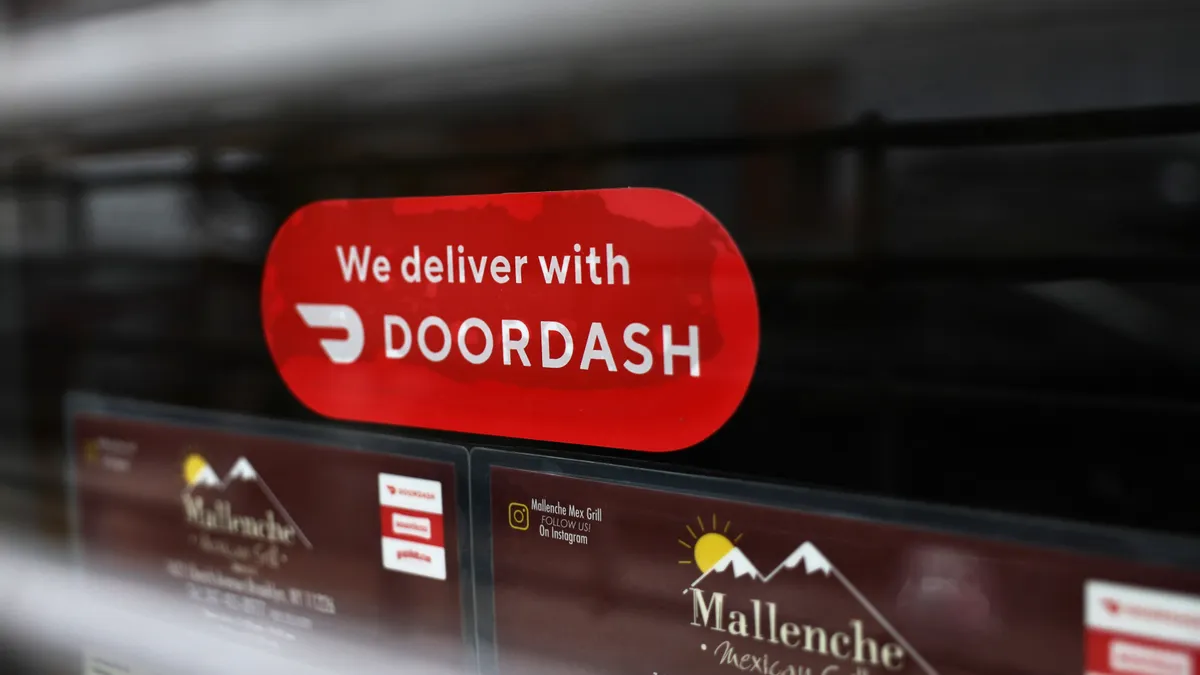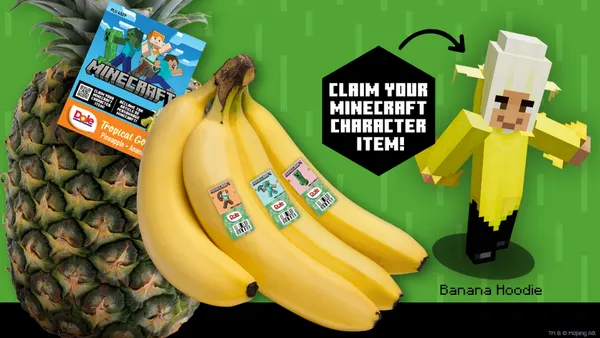Delivery giant DoorDash last week announced the first acquisition to strengthen its advertising division with a $175 million deal for the ad-tech startup Symbiosys. Uniting the two companies, which have worked together for the better part of two years, highlights the growing importance of offsite ads for retail media networks that are reaching fresh levels of maturity and grappling more with limited on-platform inventory.
Symbiosys assists brands in cracking into channels like search, social and display while helping retail media networks broaden their scope. It has largely focused on CPG companies, but DoorDash challenged the firm to apply the same approach to the small- and mid-sized restaurant brands that make up a large chunk of DoorDash Ads’ business, which last year surpassed an annual revenue run rate of $1 billion (and includes Wolt Ads, part of its purchase of Finnish food delivery platform Wolt in 2022). DoorDash and Symbiosys have been building out restaurant offsite ads over the past eight months and are in the process of rolling those tools out as an extension of onsite product advertising, according to executives.
Beyond addressing inventory challenges, the offsite frontier is a key piece of retail media networks’ attempts to develop full-funnel advertising that extends beyond workhorse formats like sponsored search and product listings that can be difficult to differentiate. While retail media ad spending has soared at the category level, advertisers have become more vocal in demanding richer capabilities in relation to media and measurement, as well as greater transparency.
“We wanted to make sure we could continue building awareness and reaching customers at other touchpoints before they even come into DoorDash,” said Peter Giordano, general manager of DoorDash Ads’ platform and growth services, when discussing offsite advertising.
“You can do a lot more branding and storytelling on TikTok and on YouTube than you certainly can with a sponsored product [ad] in a consumer app,” added Giordano later.
Removing guesswork
The acquisition of Symbiosys, which had between 30-35 employees as of last year, is just one piece of DoorDash Ads’ largest update since it launched nearly four years ago.
As part of the changes, DoorDash Ads is also introducing a number of tools for restaurant marketers that leverage artificial intelligence (AI). This type of “smart” targeting has been available for promotions since April, and 80% of new campaigns from small- and mid-sized merchants are already applying the feature, according to Giordano. Next steps involve porting the technology over to ad campaigns, including those running offsite.
DoorDash Ads’ longer-term roadmap positions automation to do much of the heavy lifting for the more than 150,000 advertisers that use its platform globally. Its approach mirrors how other digital advertising players, including Amazon and Meta, are investing in AI to streamline how campaigns on their sites are created, targeted and measured.
“The ultimate vision — and I’m using a restaurant advertiser here as an example — is [that] our platform will automatically and programmatically allocate their budgets across both ads and promotions, and within promotions across different promotion types,” said Giordano. “We wanted to basically take all of the guesswork out of the equation for our advertisers.”
In addition to the AI solutions, DoorDash Ads is implementing more robust interest-based targeting and category share insights for restaurant marketers using its ads manager, along with a report builder for tracking marketing spend and improvements to the ways merchants can reconcile their finances. For more general brands, it is enhancing its sponsored brand offerings in areas like video and expanding sponsored product ads in global search to better engage consumers looking for products in categories like alcohol and retail.
Taken together, these upgrades intend to address several of the biggest asks retail media networks are hearing from brands, namely around streamlining and providing more concrete ways to track results as spending commitments continue to climb.
“We know that advertisers have a lot of options in retail media these days, and one thing that I think everyone keeps hearing is simplify, simplify, simplify,” said Giordano. “The more that we can just drive performance for them through a very simple process, that’s what we're really striving for.”















